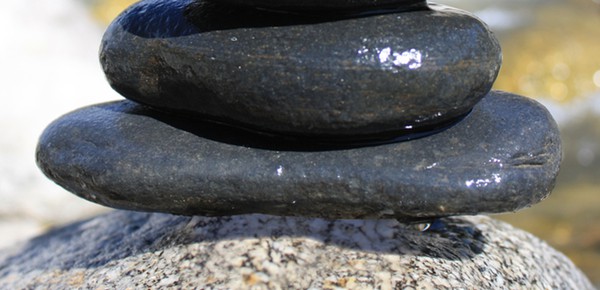
During the month of November I’ll be writing a weekly post as part of a series I’m dubbing Build A Better Workflow. In previous posts in this series, I’ve discussed apps and services, as well as habits and routines. But none of these are going to go nearly as far in building a better workflow than beginning with a solid foundation in place.
My quest for a more productive workflow didn’t start with starting a new habit or routine, and it certainly didn’t start with an app or service. It started with something that I could build those things on and know that even if I altered or replaced those components that my workflow would still be solid. I started building my better workflow with a solid foundation.
The foundation I used began what I already knew — and had used for years: paper. At my old place of employment I used a paper planner extensively, and my use of colours in that planner was one of the holdovers to my workflow today.
I added to that foundation by diving into the works of David Allen, Stephen Covey, and Tony Robbins. After spending time using every element of their respective systems (and in no particular order, I might add), I started to parse out what worked best from each and fostered those elements even more. I left some of the other elements aside. In the process, my foundation became not only stronger, it became more personal.
“Productivity is a very personal topic for me. At times it has gotten too personal, but that has helped me develop such a close understanding with the art and craft of personal productivity. It’s what has helped me become a productivityist.” — from A Case for Getting Personal with Productivity
Without a strong foundation you can’t have an efficient and effective workflow — and you need both to be at your best. Speed isn’t enough and it is the least important of the two qualities you want in a workflow. Effectiveness is far more important (just ask Todd Henry) because it assists you with creating things of quality rather than of quantity. Doing something efficiently gets it done, but doing something effectively gets it done well — and usually within a reasonable speed the better you get at it.
One of the best books I’ve ever read on workflow is essentially a master class in the building of one, and it definitely discusses building a foundation as being critical. This book is Workflow: Beyond Productivity by Kourosh Dini.1 You can read my review over at Workflowing.net.
The only way you’ll really want to make your workflow better is by building a solid foundation first. That means you need to make it yours — and yours alone. Take elements from systems you’ve done your homework on. Incorporate your pre-existing elements into your workflow where you can to better connect yourself with it (then use habits and routines to deepen that connection). Then no matter what apps you bring into the mix or what habits you adopt, you’ll always have something reliable for them to stand on: a foundation that is uniquely you.
1 Kourosh is also the author of another stellar book, Creating Flow with OmniFocus, which is one of the best resources for OmniFocus out there. You can get that book here.
Photo credit: satty4u via SXC.HU

